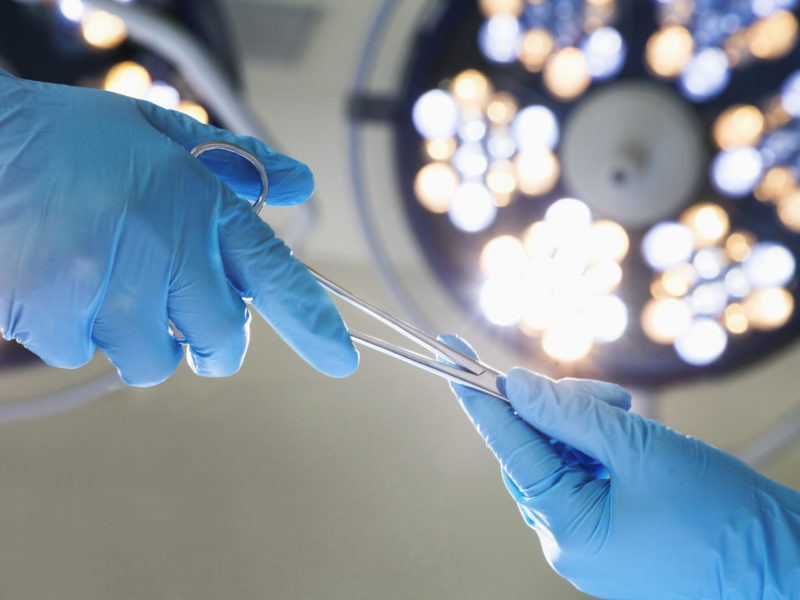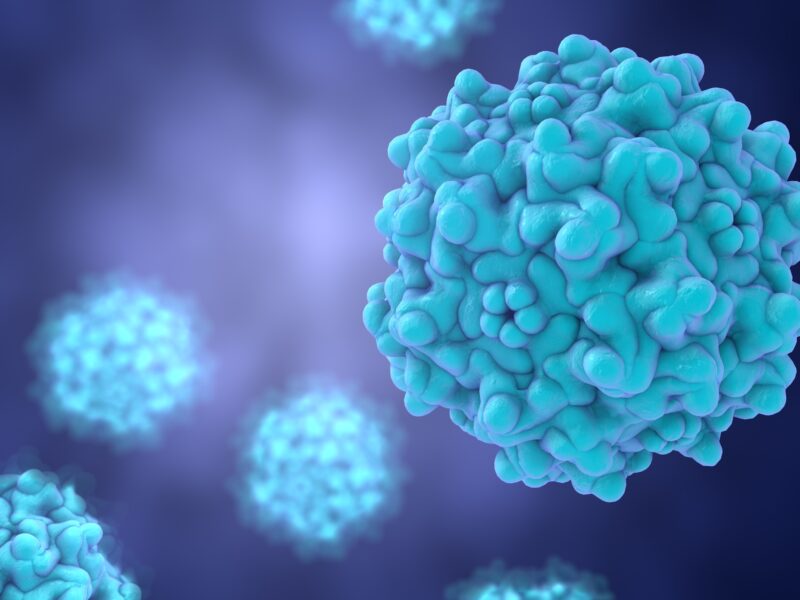Growing Opportunities for Tissue Engineering
Growing Opportunities for Tissue Engineering https://pediatricsnationwide.org/wp-content/themes/corpus/images/empty/thumbnail.jpg 150 150 Katie Brind'Amour, PhD, MS, CHES Katie Brind'Amour, PhD, MS, CHES https://pediatricsnationwide.org/wp-content/uploads/2021/03/Katie-B-portrait.gifA new system removes much of the expense and technical challenges surrounding cell seeding of tissue-engineered vascular grafts, making the technology more accessible to patients everywhere.
One of the key challenges in congenital heart surgery is that current grafts used to correct heart defects are not living grafts—they don’t grow with the patient or function like a native blood vessel. In many cases, kids outgrow these grafts and require additional operations in the future. That’s what Christopher Breuer, MD, director of the Center for Regenerative Medicine at Nationwide Children’s Hospital, has spent his career trying to overcome.
The fruit of his labors—a tissue-engineered vascular graft (TEVG) that is seeded with a patient’s own cells, implanted, and used as a scaffold for native tissue to grow over before the scaffold biodegrades—has excellent long-term performance, growing with children as they age. Dr. Breuer’s TEVGs offer many advantages over non-living grafts, including dilation and constriction like a normal blood vessel and natural mechanical properties.
These grafts have long been a part of his international clinical trials, which have allowed meticulous fine-tuning of TEVG technology.
“The way we’ve approached bringing tissue engineering to the clinic is systematic and extremely cautious,” says Dr. Breuer, who is also the Nationwide Endowed Chair in Surgical Research and director of tissue engineering in The Ohio State University Wexner Medical Center’s new Center for Regenerative Medicine and Cell Based Therapies. “We’re working with young children, so it slows down the process—for good reason. By being this deliberate, we will end up with a safe and reliable approach that will make tissue engineering as available as possible for everyone with time, including adults.”
This methodical approach has also yielded an innovation that can dramatically improve the technology’s accessibility once approved by the Food and Drug Administration: a closed, disposable cell-seeding system.
Initial versions of the TEVGs relied on a clean room meeting good manufacturing practice (GMP) standards, which requires a lot of money to build and even more to maintain, often staffed by dozens of people. Even among large hospitals with established programs for the surgical treatment of congenital heart disease, many do not have GMP facilities, making TEVG as it was originally developed virtually unavailable to those patients.
The closed system removes the requirement for a GMP clean room in order to seed the graft with a patient’s cells.
“Our trial is going well, but even if we get approval for the current graft and don’t have a closed system, they can only be used in a handful of centers, which really limits their availability,” Dr. Breuer explains. “But if our closed system gets approved, it would be available for everyone, as the first man-made graft with growth capacity. It would be a big step in bringing tissue engineering to the clinic.”
With Dr. Breuer’s closed disposable system, a patient’s bone marrow cells can be extracted and directly transferred to the closed system, which filters the cells, seeds the scaffold, and prepares the graft for implantation—all without leaving the operating room.
“The closed system speeds up the process, decreases the cost and increases safety,” says Dr. Breuer. “And it can be done anywhere, which makes the utility of tissue engineered grafts much greater.”
His team focuses primarily on one application of TEVG: the Fontan procedure in children with congenital heart disease, which is done on up to 4,000 babies in the United States each year. Once the product is available, however, Dr. Breuer believes it could be applied to other types of congenital heart operations (of which about 10,000 per year are performed). With additional adaptations, the product could also be appropriate for adult cardiac populations and for use in adult and pediatric tracheas, ureters, and intestines.
The system also allows for either an off-the-shelf range of graft sizes or a fully customized scaffold approach, which would design closed graft systems to the exact size and shape required for patients based on their preoperative imaging.
This innovative solution to the challenges of non-living grafts and the costly, complex approach to current TEVG options has been long in the making, but promises a long and widely beneficial future for the field of tissue engineering.
“It’s probably been 10 years since I started thinking about this approach,” says Dr. Breuer. “But going about this so carefully and with so many incremental improvements along the way has really allowed this to come together as the safest and most effective tissue engineering solution possible right now.”
Reference:
Kurobe H, Maxfield MW, Naito Y, et al. Comparison of a closed system to a standard open technique for preparing tissue-engineered vascular grafts. Tissue Eng Part C Methods. 2015;21(1):88-93.
About the author
Katherine (Katie) Brind’Amour is a freelance medical and health science writer based in Pennsylvania. She has written about nearly every therapeutic area for patients, doctors and the general public. Dr. Brind’Amour specializes in health literacy and patient education. She completed her BS and MS degrees in Biology at Arizona State University and her PhD in Health Services Management and Policy at The Ohio State University. She is a Certified Health Education Specialist and is interested in health promotion via health programs and the communication of medical information.
- Katie Brind'Amour, PhD, MS, CHEShttps://pediatricsnationwide.org/author/katie-brindamour-phd-ms-ches/April 27, 2014
- Katie Brind'Amour, PhD, MS, CHEShttps://pediatricsnationwide.org/author/katie-brindamour-phd-ms-ches/April 27, 2014
- Katie Brind'Amour, PhD, MS, CHEShttps://pediatricsnationwide.org/author/katie-brindamour-phd-ms-ches/April 27, 2014
- Katie Brind'Amour, PhD, MS, CHEShttps://pediatricsnationwide.org/author/katie-brindamour-phd-ms-ches/April 28, 2014







